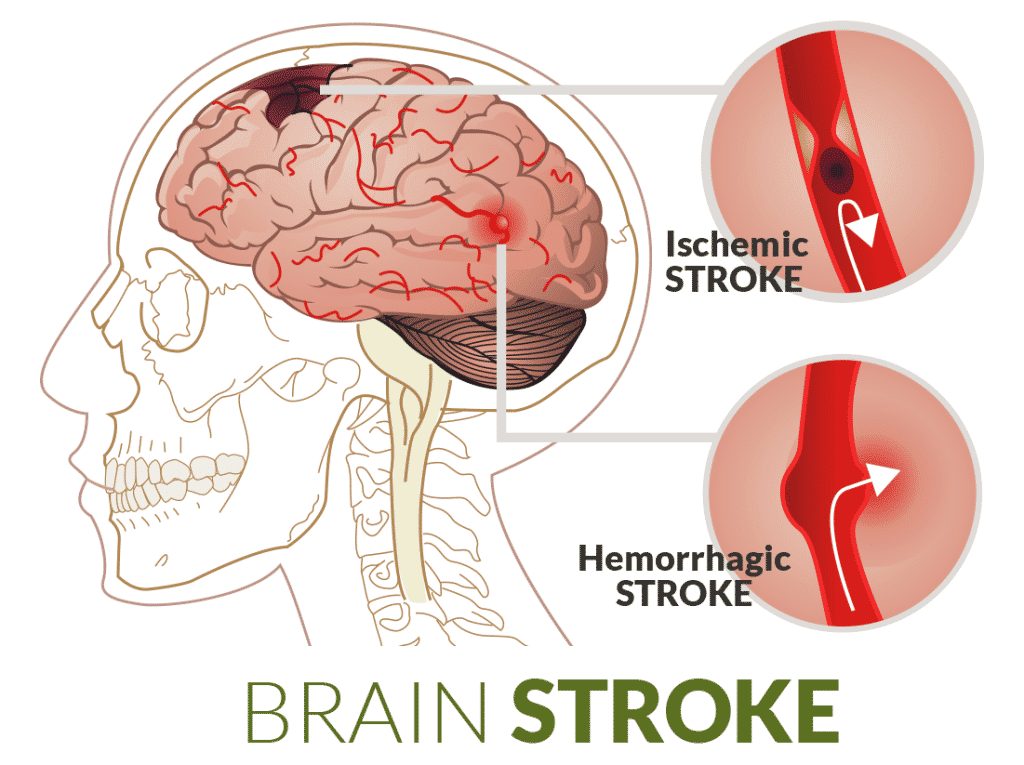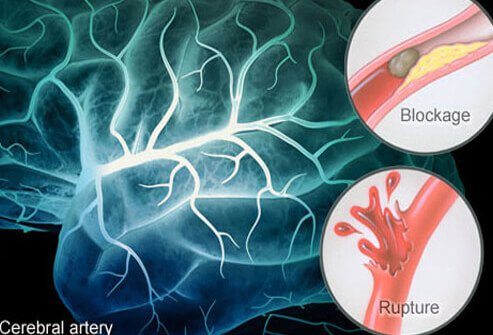As the world of medicine is increasingly changed by biology, technology, communications, genetics, and robotics, predicting the outlook of the next few decades of medicine becomes harder. The rise of personalized medicine means we’re moving from hospitals to “home-spitals.”
We can already see these trends playing out. Many of the biggest diseases are largely vascular, and better understanding is making them more predictable and preventable. Accidents are likely to fall with the advent of automation and driverless tech and regenerative medicine is already stretching the lifespans in the most advanced countries. Improvements in health monitoring will also make doctor’s visits rarer since they’ll acquire health data from your smartphone. And scanning technology will one day create devices that combine spectroscopy, magnetic resonance, and radiation in an all-in-one scanner.
In this direction, scientists have now presented the results of a groundbreaking stroke treatment study which could have a profound and lasting impact on how we treat the potentially debilitating, if not fatal, condition.
Standard guidelines for stroke treatment currently recommend clot removal only within six hours of stroke onset. But this milestone study shows that clot removal up to 24 hours after stroke led to significantly reduced disability for properly selected patients.
The international
multi-center clinical study, known as the DAWN trial, randomly assigned 206 stroke victims who arrived at the hospital within 6 to 24 hours to either endovascular clot removal therapy, known as thrombectomy, or to standard medical therapy.Patients were included if they presented 6 to 24 hours from last known well symptom onset, with NIHSS >10, had a large vessel occlusion by CTA or MRA, and clinical-imaging mismatch between the neurological deficit and infarct size.
In about one third of those cases, symptoms were far more severe than a CT scan or an MRI of the brain might suggest, and that mismatch made them candidates for clot extraction. That meant some degree of blood was still getting to the affected areas of the brain.
Those criteria would apply to only about 2% to 3% of the roughly 800,000 strokes in the U.S. each year.
The study was financed by Michigan-based Stryker Neurovascular, which made the clot-removal device used in the trial, maintained the database for the study, and analyzed the data.
“The stroke community is going to embrace these results very easily because many believe you can benefit beyond 6 hours,” coauthor Dr. Tudor Jovin of the University of Pittsburgh Medical Center Stroke Institute told Reuters Health in a telephone interview.
At 90 days, 49% of the 107 patients who received a thrombectomy along with standard care were functionally independent versus 13% of the 99 who received standard care alone.
The rate of neurological deterioration was 14% in the clot-extraction group versus 26% with standard care.
The results of the study are “strikingly positive,” said Dr. Werner Hacke, a neurologist at the University of Heidelberg in a Journal editorial.
“For every 2.8 patients who underwent thrombectomy, one additional patient had functional independence at 90 days,” the researchers concluded. The benefits were seen regardless of age, stroke severity, time to treatment, the site of the blockage and whether the stroke happened when the person was awake or asleep.
“When the irreversibly damaged brain area affected by the stroke is small, we see that clot removal can make a significant positive difference, even if performed outside the six-hour window,” said Tudor Jovin.
Of course, this isn’t to say that time isn’t a factor at all. Jovin acknowledges that the adage of “time is brain” still stands when it comes to treatment, as it’s imperative that patients get to the emergency room as quickly as possible if they think they’re having a stroke.
































